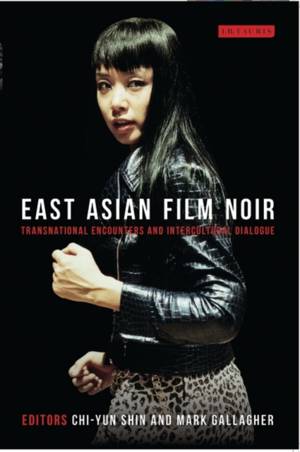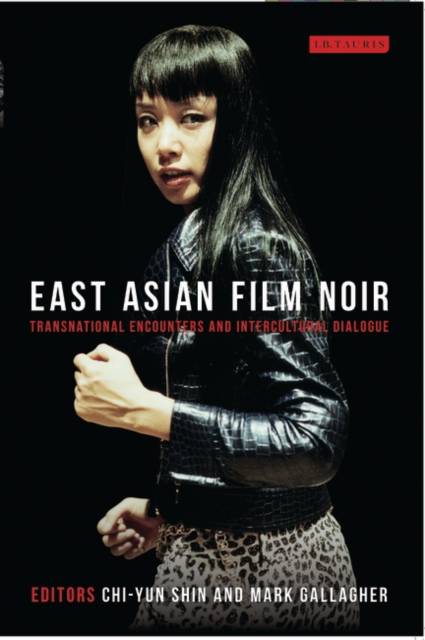
- Afhalen na 1 uur in een winkel met voorraad
- Gratis thuislevering in België vanaf € 30
- Ruim aanbod met 7 miljoen producten
- Afhalen na 1 uur in een winkel met voorraad
- Gratis thuislevering in België vanaf € 30
- Ruim aanbod met 7 miljoen producten
Zoeken
East Asian Film Noir
Transnational Encounters and Intercultural Dialogue
€ 52,45
+ 104 punten
Omschrijving
Film noir has been understood as a genre exclusive to Hollywood. But classical US noir's downbeat sensibility also finds expression in later films from Japan, South Korea and China (including Hong Kong) and Taiwan, that have both participated in and been excluded from circuits of global-noir traffic, past and present. East Asian Film Noir is the first book to explore these films and the filmmakers who made them. Looking at a range of examples from the 1950s to the present - including The Crimson Kimono, Brother, Ghost in the Shell, Nowhere to Hide, Duelist- and Rebels of the Neon God - this work conceptualizes and articulates an internationally situated 'East Asian film noir'. In doing so, it raises fascinating questions around the politics of representation, authorial activity, genre and local and cross-cultural reception.
Specificaties
Betrokkenen
- Uitgeverij:
Inhoud
- Aantal bladzijden:
- 256
- Taal:
- Engels
- Reeks:
Eigenschappen
- Productcode (EAN):
- 9781780760094
- Verschijningsdatum:
- 20/03/2015
- Uitvoering:
- Paperback
- Formaat:
- Trade paperback (VS)
- Afmetingen:
- 155 mm x 231 mm
- Gewicht:
- 408 g

Alleen bij Standaard Boekhandel
+ 104 punten op je klantenkaart van Standaard Boekhandel
Beoordelingen
We publiceren alleen reviews die voldoen aan de voorwaarden voor reviews. Bekijk onze voorwaarden voor reviews.










